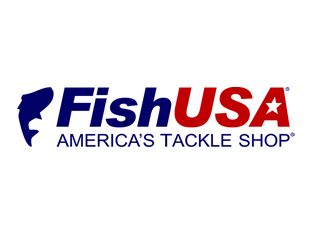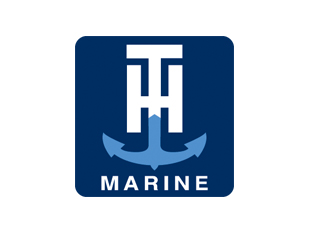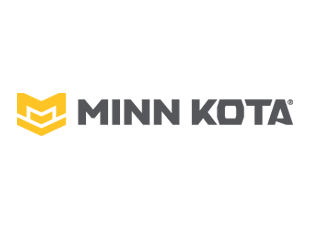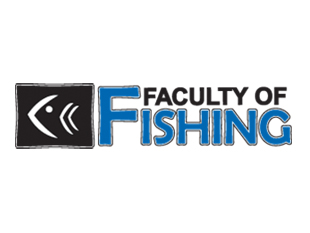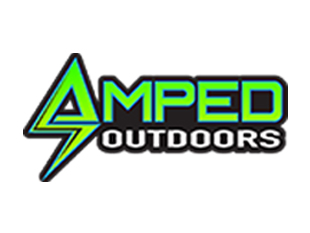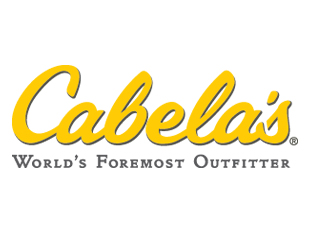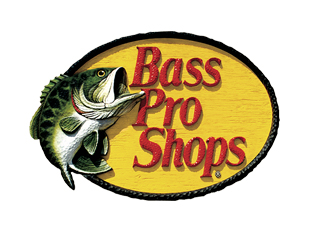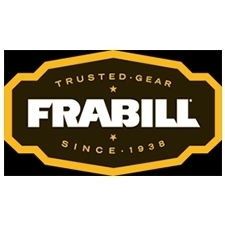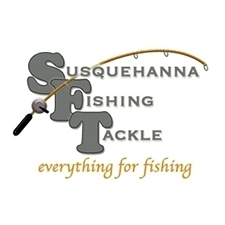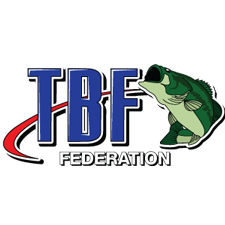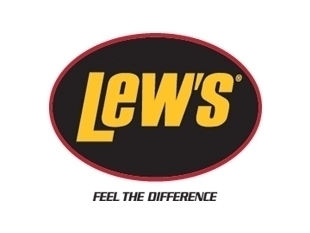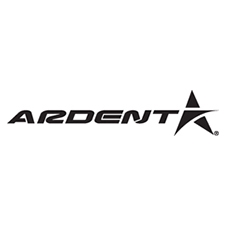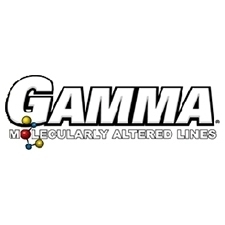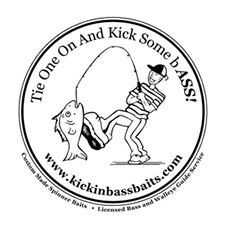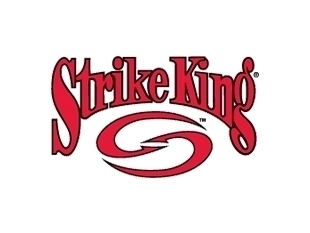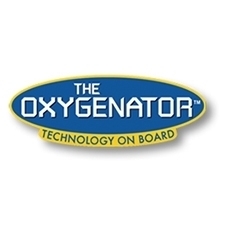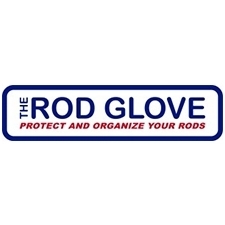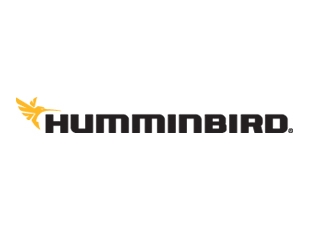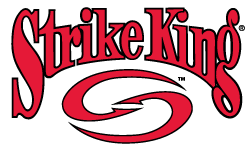 TBF section of the October edition of FLW Outdoors Magazine
TBF section of the October edition of FLW Outdoors Magazine
The members of Leggett’s Creek Bassmasters had so much fun creating better fish habitat the past four years that they signed on for another three years. The 30-member club placed a total of 10 nesting structures and 30 porcupine structures in Prompton Lake because the lake was in dire need of good habitat. Two larger lakes are located nearby, but Prompton was ripe for a little volunteer work, considering no one else had done anything there in the past.
Leggett’s Creek Bassmasters enrolled in the state’s Cooperative Habitat Improvement Program (CHIP) so they could take care of the lake with guidance from state fisheries experts.
“We fish this lake quite a bit, and we noticed that it was lacking quality habitat in many places,” said Fred Lewis Jr., conservation and tournament director for the club. “So I approached (Pennsylvania Bass Federation State Conservation Director) Bill Reichert, who put us in touch with Dave Houser. He coordinates the lake section of the CHIP program.”
The program has been in existence for about 20 years and has approximately 50 lakes enrolled. It’s been so successful Japanese government officials came to Pennsylvania to examine the agency’s methods of working with volunteer groups like Leggett’s Creek Bassmasters.
“They weren’t interested in the fish structure or even fisheries management,” said Houser, chief habitat manager for the lake section of the Pennsylvania Fish and Boat Commission. “They were just impressed by the way we were able to coordinate our network of volunteers under the CHIP program. We also had a group come down from Quebec to take a look at our habitat program and how we involve volunteers.”
Even with a strong corps of volunteer labor, these programs require a lot of money to be successful. The work Leggett’s Creek Bassmasters undertakes costs about $1,000 to $1,200 per year. Although state and federal grants kick in the majority of the total cost, the club still has to come up with the balance. To help pay for the efforts, the club holds three open pickerel tournaments each spring, which, like the club’s bass tournaments, are all catch-and-release.
“We hold them in May and early June on three different lakes before our bass season opens,” Lewis said. “It’s a way to get people fishing beforehand, and helps us pay for these projects.”
Lewis plans to approach the PFBC to see if a study can be conducted to determine if the club’s efforts have helped boost the fish population. He’s confident they have helped, but he’s not sure how much.
Most habitat work under the CHIP program isn’t necessarily designed just to boost fish numbers or to give anglers a specific place to cast a lure. Instead, they are habitat enhancements that benefit the entire ecosystem of a lake and aid in studying the relationship between fish habitat and fish population. Most projects include the dumping of rock, concrete rubble or rough-cut lumber.
“Some anglers tell me they never catch fish off them, while others tell me they do really well,” Houser said. “I do know that a variety of aquatic life uses them, and that’s what we hope to accomplish.”































